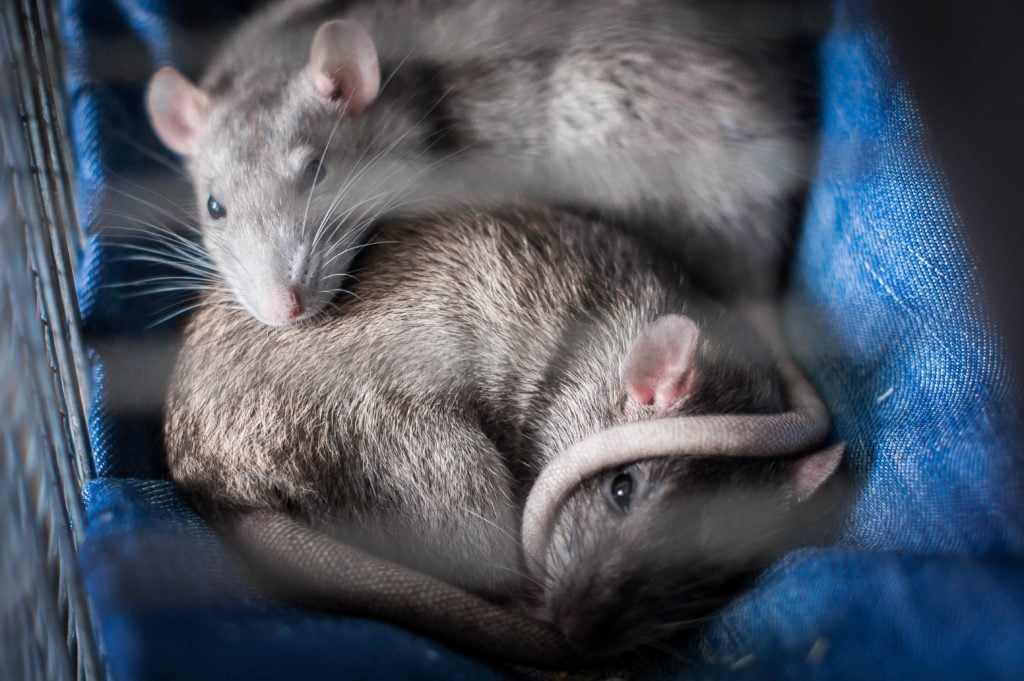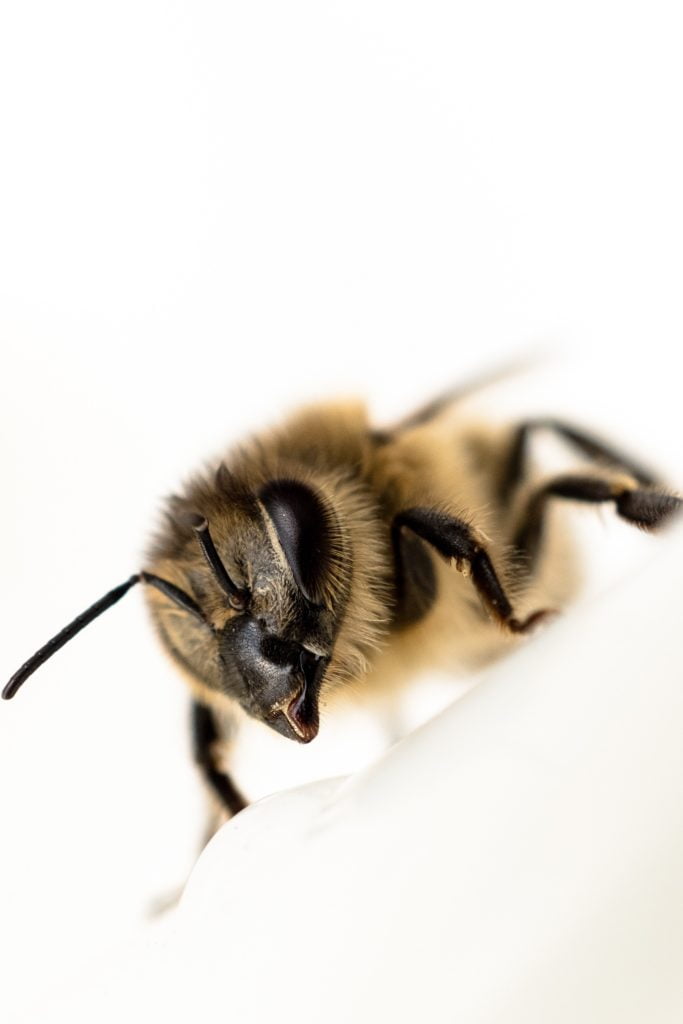There are many types of pest from the furry kind to the creepy kind and we all tend to have a natural aversion to them. People are scared of mice because for 1000s of years having pests around us is known to be a bad thing. These days the thought of rats in our house is even more awful than perhaps it was 2000 years ago and if we have children it pushes the levels of revulsion up even more! But how do we know we have a problem; does it matter and what do we do?
Can Pests Harm Us and Our Families?

The short answer is yes. Rats, mice and many other pests can spread disease. Bed bugs bite and causes itching a lack of sleep, fleas cause itching and discomfort and the list goes on. Wasps can be very dangerous to those who are allergic and even a fly infestation can cause food poisoning and other illness. So when we think of pests we must be aware that they are a serious issue and not one to ignore, especially if we have children. Here are ways to get rid of pests.
Rats and Mice
If there is access to regular food and shelter you may find rodents appearing. They will find small holes in homes, sheds and garages and seek out any food in containers they can chew through. They can leave droppings around which is a sure sign you have an issue but also look out for chewed cables, boxes, bags and more.
Whether you have children or not, finding evidence of a rodent problem is something that needs to be sorted. You can try DIY solutions like traps and poison but with pets and children these can be problematic to say the least.
The news isn’t great for the future either. Climate change has many effects but causing rats to come into our homes may not have been one you have thought of. Warmer winters mean rats are breeding all year, but odd cold snaps, high rainfall and flooding mean they will seek out dry places to live and…you guessed it, our homes, garages and sheds make rather good places to head.
Mark Stanford from Empire Pest Control says “Warmer weather increases breeding, Floods and cold weather brings them indoors”.

Bed Bugs and Other Creeping Things
Bed bugs are nasty little things, especially if you have children. They bite and suck blood in the night and leave itchy marks that are uncomfortable. They leave little brown smears on bed clothes and little trails of blood from where they feed.
If you see any of these signs, then it is certainly a problem. They can easily hitch a ride on luggage and clothing from hotels, other houses even plane seats. They can also come from used furniture but that should not put us all off recycling and upcycling, it is just important to give everything a good clean.
Cockroaches are also an issue in the UK. They are very secretive, and you are unlikely to see them but they leave droppings around and you may well see shed skins around which is a sure sign you have a problem. Oddly you may also notice a strange smell which is another indication. They can spread disease and are certainly something to worry about.
Fleas are also a nasty thing to have, not deadly by any means but not very nice! The bites and itching are unpleasant but so is the sense you have fleas. From a child point of view friends may well find out and as we know…they can be mean. Pets are the usual carrier so keep those furry friends flea treatments up to date!

What to Do!
Well the answer here is simple. No matter what the issue you really should just call the experts. Find a local pest control company, like these Louisiana exterminators, tell them about what you have spotted, and they will come and access the situation.
It may be tempting to lay traps for mice and rats but then you have dead animals to deal with and kids can find that hard. Poison is generally a bad idea if you are trying to lay it yourself. Pets and kids can easily get access and that doesn’t bare thinking about.
When it comes to the smaller pests like bed bugs and fleas there is very little in terms of DIY options so get the experts in and get it sorted.
This is a collaborative article.


1 comment